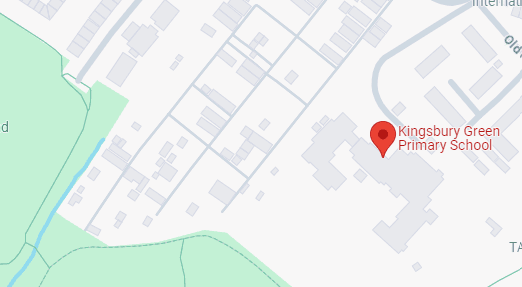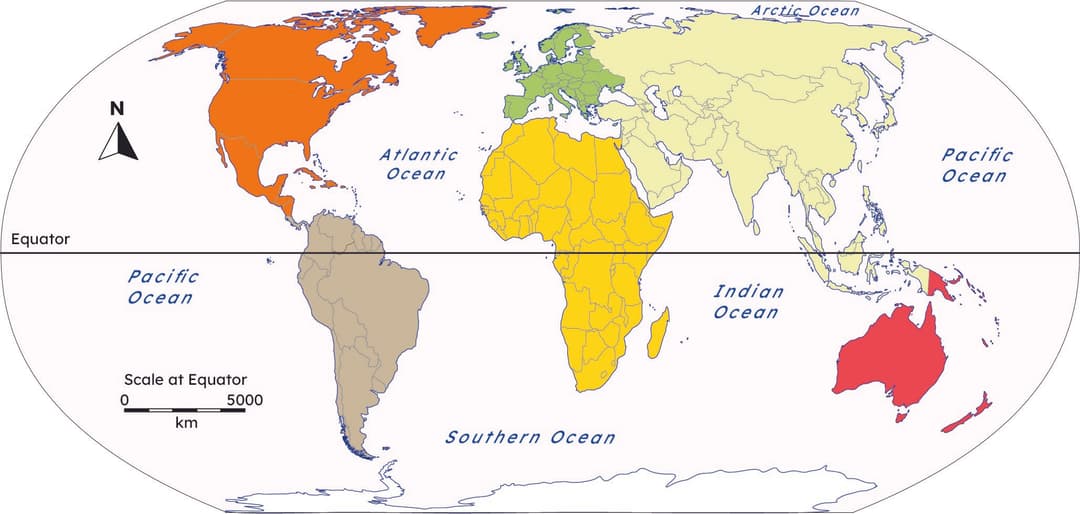Mapping our school grounds
I can plan a route to show a visitor our school grounds using an aerial photograph and a large-scale map.
Mapping our school grounds
I can plan a route to show a visitor our school grounds using an aerial photograph and a large-scale map.
These resources will be removed by end of Summer Term 2025.
Lesson details
Key learning points
- An imaginary scenario can help us to plan what we would show an alien visiting our school grounds.
- Routes can be plotted on large-scale maps and aerial photographs of familiar places, e.g. the school grounds.
- Geographical vocabulary is used to name and describe familiar places, e.g. features of the school grounds.
Keywords
Map - A map is a two-dimensional representation of an area, showing geographical features and where they are in relation to each other.
Visitor - A visitor is someone who goes to a place for a while but does not stay there permanently.
Route - A route shows the starting point and end point of a journey, sometimes with stops in between.
Common misconception
Places on the route can be visited in a random order.
A route has a start point and end point and the stops in between help us find the last place of our route. If we visit places in a different order we may get lost.
To help you plan your year 1 geography lesson on: Mapping our school grounds, download all teaching resources for free and adapt to suit your pupils' needs...
To help you plan your year 1 geography lesson on: Mapping our school grounds, download all teaching resources for free and adapt to suit your pupils' needs.
The starter quiz will activate and check your pupils' prior knowledge, with versions available both with and without answers in PDF format.
We use learning cycles to break down learning into key concepts or ideas linked to the learning outcome. Each learning cycle features explanations with checks for understanding and practice tasks with feedback. All of this is found in our slide decks, ready for you to download and edit. The practice tasks are also available as printable worksheets and some lessons have additional materials with extra material you might need for teaching the lesson.
The assessment exit quiz will test your pupils' understanding of the key learning points.
Our video is a tool for planning, showing how other teachers might teach the lesson, offering helpful tips, modelled explanations and inspiration for your own delivery in the classroom. Plus, you can set it as homework or revision for pupils and keep their learning on track by sharing an online pupil version of this lesson.
Explore more key stage 1 geography lessons from the Local area: how do we read maps and plan routes? unit, dive into the full secondary geography curriculum, or learn more about lesson planning.

Licence
Starter quiz
6 Questions



Exit quiz
6 Questions
this is where you go when you are ill
this is where questions can be answered
this is where books can be borrowed from
an area where team sports can be played


